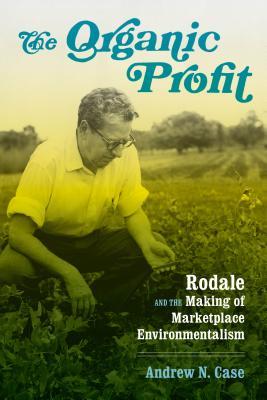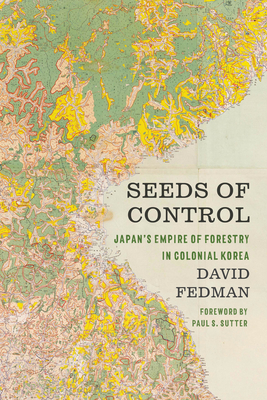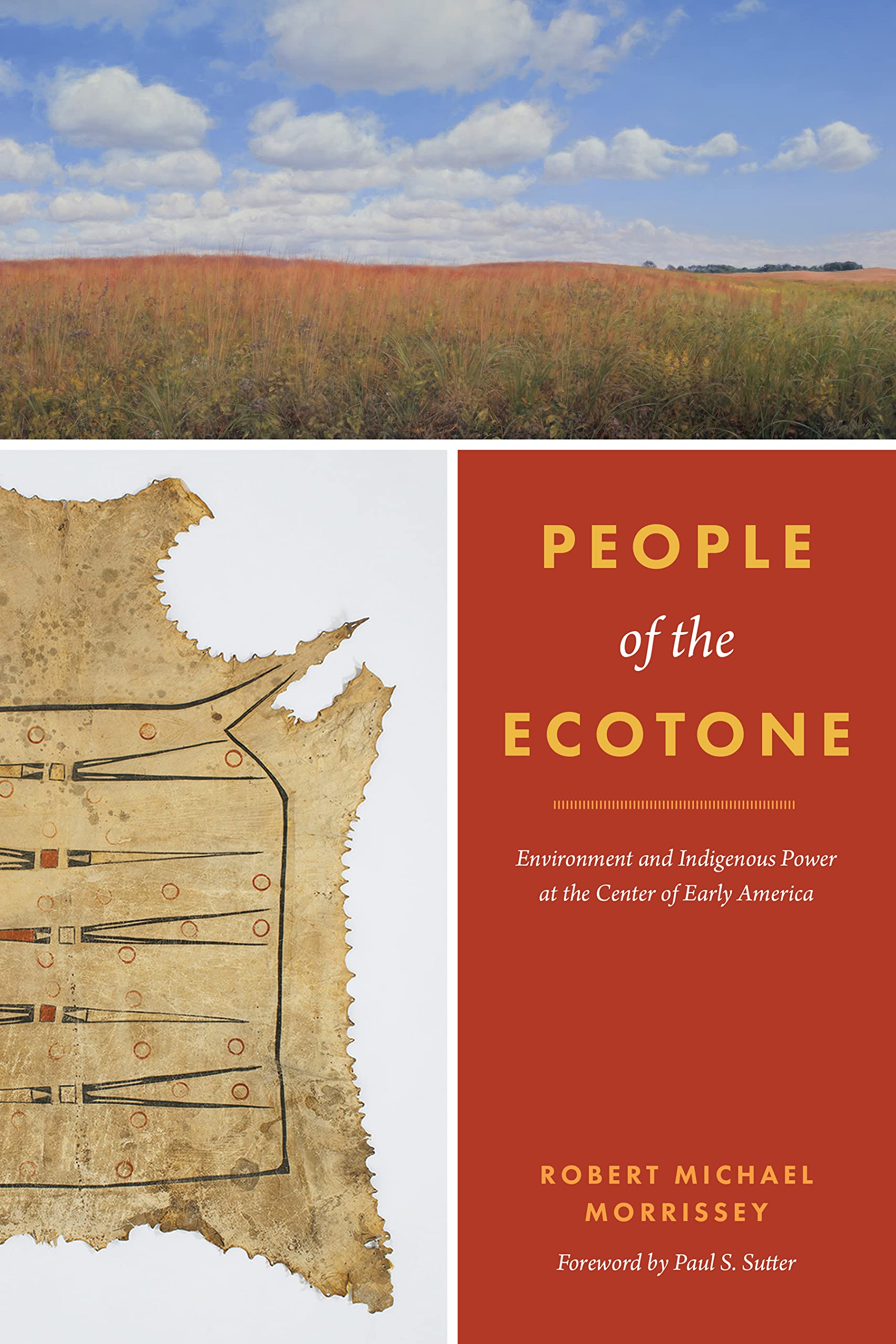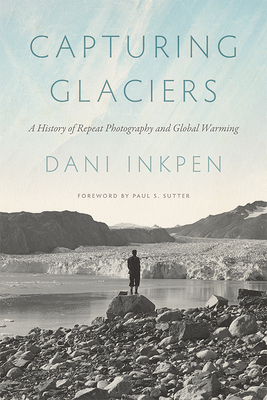


Weyerhaeuser Environmental Books
Series · 9 books · 2000-2024
Books in series

#11
George Perkins Marsh
Prophet of Conservation
2000
George Perkins Marsh (1801-1882) was the first to reveal the menace of environmental misuse, to explain its causes, and to prescribe reforms. David Lowenthal here offers fresh insights, from new sources, into Marsh's career and shows his relevance today, in a book which has its roots in but wholly supersedes Lowenthal's earlier biography George Perkins Marsh: Versatile Vermonter (1958). Marsh's devotion to the repair of nature, to the concerns of working people, to women's rights, and to historical stewardship resonate more than ever. His Vermont birthplace is now a national park chronicling American conservation, and the crusade he launched is now global.
Marsh's seminal book Man and Nature is famed for its ecological acumen. The clue to its inception lies in Marsh's many-sided engagement in the life of his time. The broadest scholar of his day, he was an acclaimed linguist, lawyer, congressman, and renowned diplomat who served 25 years as U.S. envoy to Turkey and to Italy. He helped found and guide the Smithsonian Institution, shaped the Washington Monument, penned potent tracts on fisheries and on irrigation, spearheaded public science, art, and architecture. He wrote on camels and corporate corruption, Icelandic grammar and Alpine glaciers. His pungent and provocative letters illuminate life on both sides of the Atlantic.
Like Darwin's Origin of Species, Marsh's Man and Nature marked the inception of a truly modern way of looking at the world, of taking care lest we irreversibly degrade the fabric of humanized nature we are bound to manage. Marsh's ominous warnings inspired reforestation, watershed management, soil conservation, and nature protection in his day and ours.
George Perkins Marsh: Prophet of Conservation was awarded the Association for American Geographers' 2000 J. B. Jackson Prize. The book was also on the shortlist for the first British Academy Book Prize, awarded in December 2001.

#13
Landscapes of Conflict
The Oregon Story, 1940-2000
2004
Post-World War II Oregon was a place of optimism and growth, a spectacular natural region from ocean to high desert that seemingly provided opportunity in abundance. With the passing of time, however, Oregon's citizens—rural and urban—would find themselves entangled in issues that they had little experience in resolving. The same trees that provided income to timber corporations, small mill owners, loggers, and many small towns in Oregon, also provided a dramatic landscape and a home to creatures at risk. The rivers whose harnessing created power for industries that helped sustain Oregon's growth—and were dumping grounds for municipal and industrial wastes—also provided passageways to spawning grounds for fish, domestic water sources, and recreational space for everyday Oregonians.
The story of Oregon's accommodation to these divergent interests is a divisive story between those interested in economic growth and perceived stability and citizens concerned with exercising good stewardship towards the state's natural resources and preserving the state's livability. In his second volume of Oregon's environmental history, William Robbins addresses efforts by individuals and groups within and outside the state to resolve these conflicts. Among the people who have had roles in this process, journalists and politicians Richard Neuberger and Tom McCall left substantial legacies and demonstrated the ambiguities inherent in the issues they confronted.

#24
Plowed Under
Agriculture and Environment in the Palouse
2007
In Plowed Under, Andrew P. Duffin traces the transformation of the Palouse region of Washington and Idaho from land thought unusable and unproductive to a wealth-generating agricultural paradise, weighing the consequences of what this progress has wrought. During the twentieth century, the Palouse became synonymous with wheat, and the landscape was irrevocably altered. At the dawn of the twenty-first century, native vegetation is almost nonexistent, stream water is so dirty that it is often unfit for even livestock, and 94 percent of all land has been converted to agriculture.
Commercial agriculture also created a less noticeable ecological change: soil erosion. While common to industrial agriculture nationwide, topsoil loss evoked different political and social reactions in the Palouse. Farmers all over the nation take pride in their freedom and independence, but in the Palouse, Duffin shows, this mentality - a remnant of an older agrarian past - has been taken to the extreme and is partly responsible for erosion problems that are among the worst in the nation.
In the hope of charting a better, more sustainable future, Duffin argues for a candid look at the land, its people, their decisions, and the repercussions of those decisions. As he notes, the debate is not over whether to use the land, but over what that use will look like and its social and ecological results.

#47
Wilderburbs
Communities on Nature's Edge
2014
Since the 1950s, the housing developments in the West that historian Lincoln Bramwell calls "wilderburbs" have offered residents both the pleasures of living in nature and the creature comforts of the suburbs. Remote from cities but still within commuting distance, nestled next to lakes and rivers or in forests and deserts, and often featuring spectacular views of public lands, wilderburbs celebrate the natural beauty of the American West and pose a vital threat to it.
Wilderburbs tells the story of how roads and houses and water development have transformed the rural landscape in the West. Bramwell introduces readers to developers, homeowners, and government regulators, all of whom have faced unexpected environmental problems in designing and building wilderburb communities, including unpredictable water supplies, threats from wildfires, and encounters with wildlife. By looking at wilderburbs in the West, especially those in Utah, Colorado, and New Mexico, Bramwell uncovers the profound environmental consequences of Americans' desire to live in the wilderness.

#53
The Organic Profit
Rodale and the Making of Marketplace Environmentalism
2018
From green-lifestyle mavens who endorse products on social media to natural health activists sponsored by organic food companies, the marketplace for advice about how to live life naturally is better stocked than ever. Where did the curious idea of buying one's way to sustainability come from?
In no small part, as Andrew Case shows, the answer lies in the story of entrepreneur and reformer J. I. Rodale, his son Robert Rodale, and their company, the Rodale Press. These pioneers of organic gardening were also pioneers in cultivating a niche for natural health products in the 1950s, organizing the emerging marketplace for organic foods in the 1960s, and publishing an endless supply of advice books on diet and health in the process.
Rodale's marketplace environmentalism brought environmentally minded consumers together and taught Americans how to grow food, eat, and live in more environmentally friendly ways. Yet the marketplace has proved more effective at addressing individual health concerns than creating public health interventions. It is as liable to champion untested and ineffectual health supplements as it is to challenge the indiscriminant use of dangerous pesticides. For anyone trying to make sense of the complex tensions between business profits and the desire for environmental reform, The Organic Profit is essential reading.

#62
Seeds of Control
Japan's Empire of Forestry in Colonial Korea
2020
Japanese colonial rule in Korea (1905–1945) ushered in natural resource management programs that profoundly altered access to and ownership of the peninsula's extensive mountains and forests. Under the banner of "forest love," the colonial government set out to restructure the rhythms and routines of agrarian life, targeting everything from home heating to food preparation. Timber industrialists, meanwhile, channeled Korea's forest resources into supply chains that grew in tandem with Japan's imperial sphere. These mechanisms of resource control were only fortified after 1937, when the peninsula and its forests were mobilized for total war.
In this wide-ranging study David Fedman explores Japanese imperialism through the lens of forest conservation in colonial Korea―a project of environmental rule that outlived the empire itself. Holding up for scrutiny the notion of conservation, Seeds of Control examines the roots of Japanese ideas about the Korean landscape, as well as the consequences and aftermath of Japanese approaches to Korea's "greenification." Drawing from sources in Japanese and Korean, Fedman writes colonized lands into Japanese environmental history, revealing a largely untold story of green imperialism in Asia.

#65
People of the Ecotone
Environment and Indigenous Power at the Center of Early America
2022
Winner of the 2023 Hal K. Rothman Book Prize for best book in western environmental history from the Western History Association
Indigenous power in a significant cultural and ecological borderland
In People of the Ecotone, Robert Morrissey weaves together a history of Native peoples with a history of an ecotone to tell a new story about the roots of the Fox Wars, among the most transformative and misunderstood events of early American history. To do this, he also offers the first comprehensive environmental history of some of North America’s most radically transformed landscapes—the former tallgrass prairies—in the period before they became the monocultural “corn belt” we know today.
Morrissey situates the complex rise and fall of the Illinois, Meskwaki, and Myaamia peoples from roughly the collapse of Cahokia (thirteenth to fourteenth century CE) to the mid-eighteenth century in the context of millennia-long environmental shifts, as changes to the climate shifted bison geographies and tribes adapted their cultures to become pedestrian bison hunters. Tracing dynamic chains of causation from microscopic viruses to massive forces of climate, from the deep time of evolution to the specific events of human lifetimes, from local Illinois village economies to market forces an ocean away, People of the Ecotone offers new insight on Indigenous power and Indigenous logics.

#66
The Toxic Ship
The Voyage of the Khian Sea and the Global Waste Trade
2023
In 1986 the Khian Sea, carrying thousands of tons of incinerator ash from Philadelphia, began a two-year journey, roaming the world's oceans in search of a dumping ground. Its initial destination and then country after country refused to accept the waste. The ship ended up dumping part of its load in Haiti under false pretenses, and the remaining waste was illegally dumped in the ocean. Two shipping company officials eventually received criminal convictions.
Simone M. Müller uses the Khian Sea's voyage as a lens to elucidate the global trade in hazardous waste―the movement of material ranging from outdated consumer products and pesticides to barges filled with all sorts of toxic discards―from the 1970s to the present day, exploring the story's international nodes and detailing the downside of environmental conscientiousness among industrial nations as waste is pushed outward. Müller also highlights the significance of the trip's start in Philadelphia, a city with a significant African American population. The geographical origins shed light on environmental racism within the United States in the context of the global story of environmental justice. Activism in response to the ship's journey set an important precedent, and this book brings together the many voices that shaped the international trade in hazardous waste.

#67
Capturing Glaciers
A History of Repeat Photography and Global Warming
2024
Photographs do not simply speak for themselves. Their meanings are built through interpretive frameworks that shift over time. Today, photographs of receding glaciers are one of the most well recognized visualizations of human-caused climate change. These images, captured through repeat photography, have become effective with an unambiguous global warming is happening, and it is happening now. But this wasn't always the case. The meaning and evidentiary value of repeat glacier photography has varied over time, reflecting not only evolving scientific norms but also social, cultural, and political influences.
In Capturing Glaciers, Dani Inkpen historicizes the use of repeat glacier photographs, examining what they show, what they obscure, and how they influence public understanding of nature and climate change. Though convincing as a form of evidence, these images offer a limited and sometimes misleading representation of glaciers themselves. Furthermore, their use threatens to replicate problematic ideas baked into their history. With clear and compelling writing, Capturing Glaciers ultimately calls for a centering of climate justice and warns of the consequences of reducing the problem of global warming to one of distant wilderness.